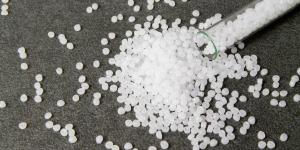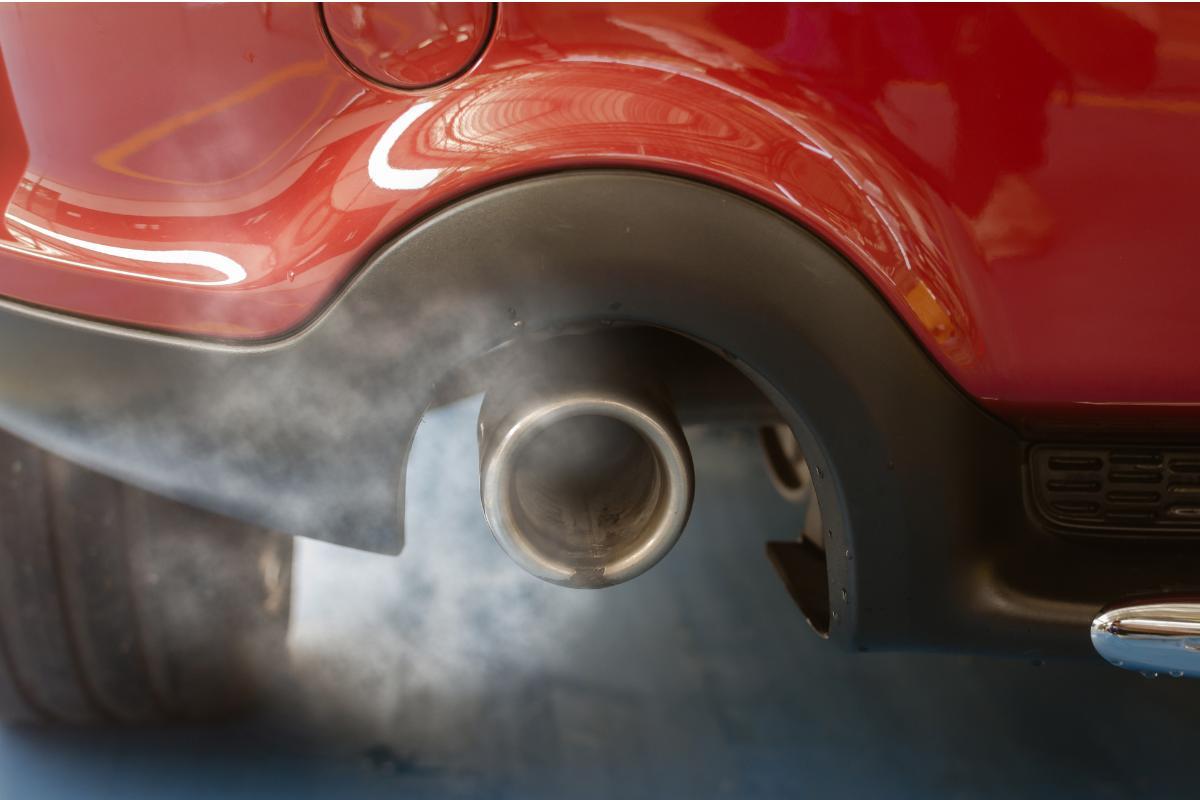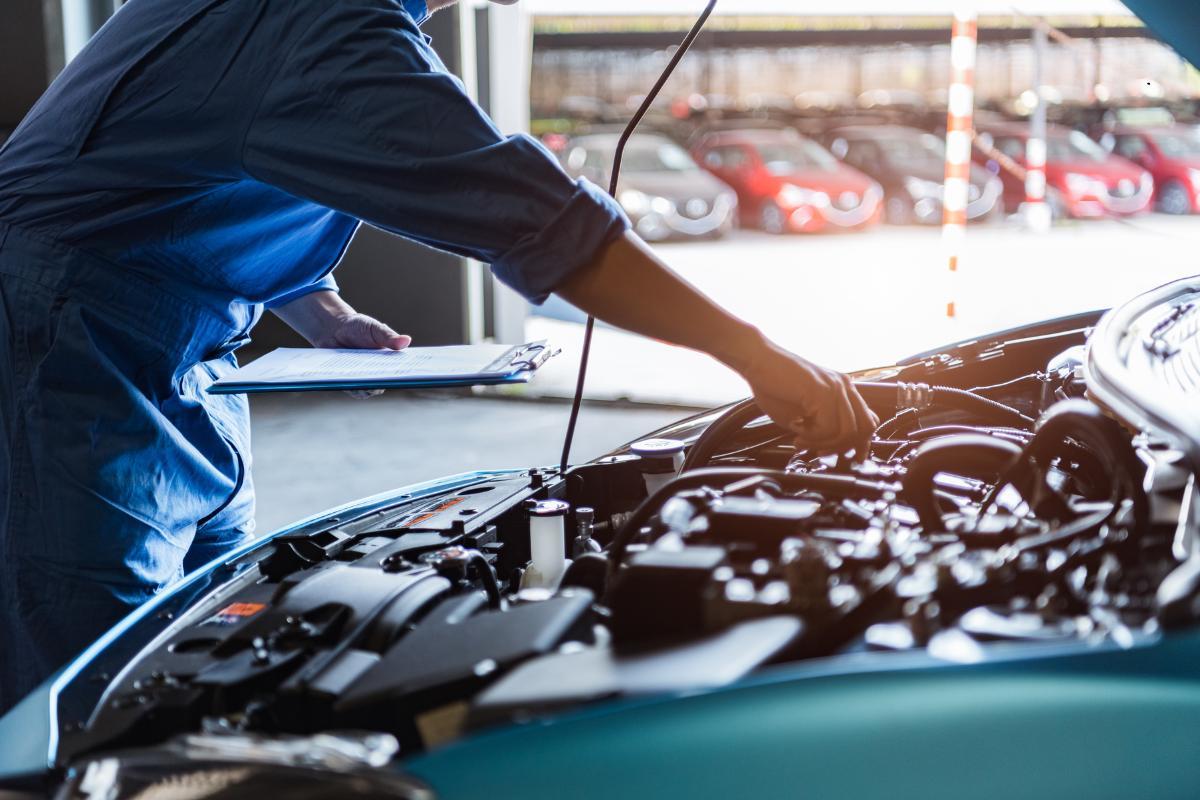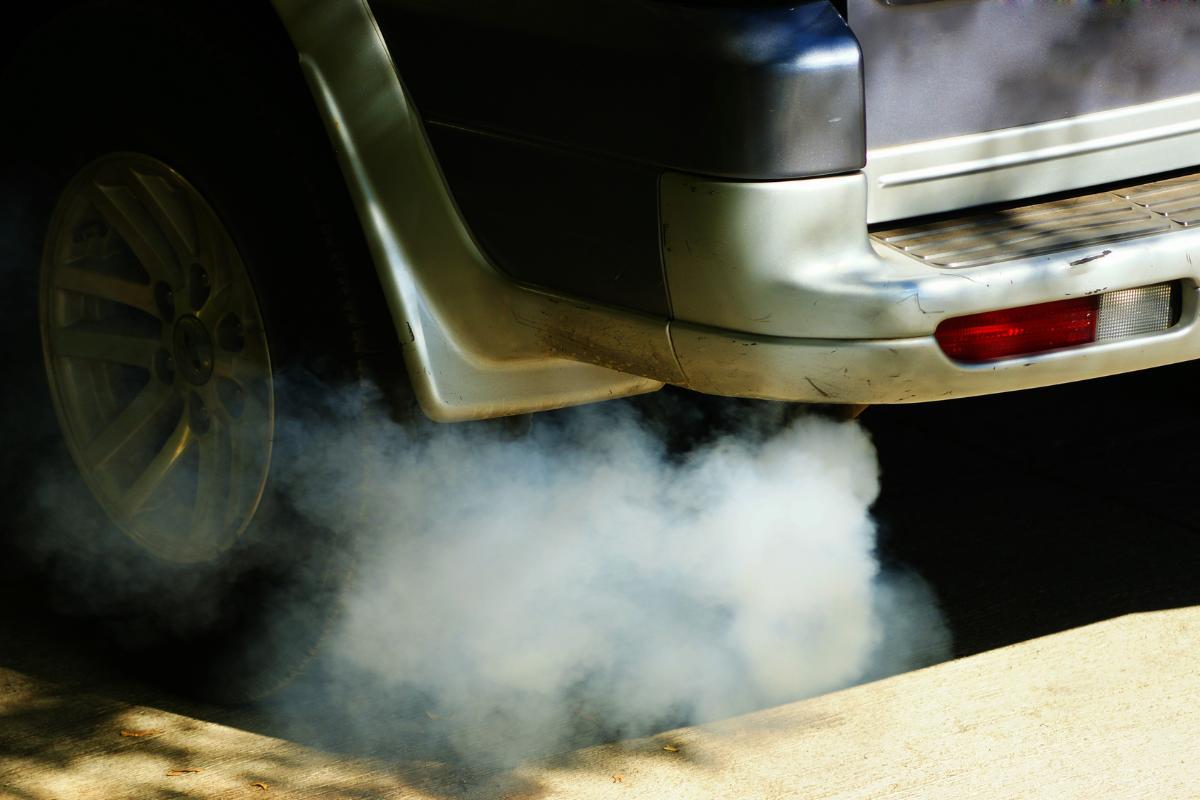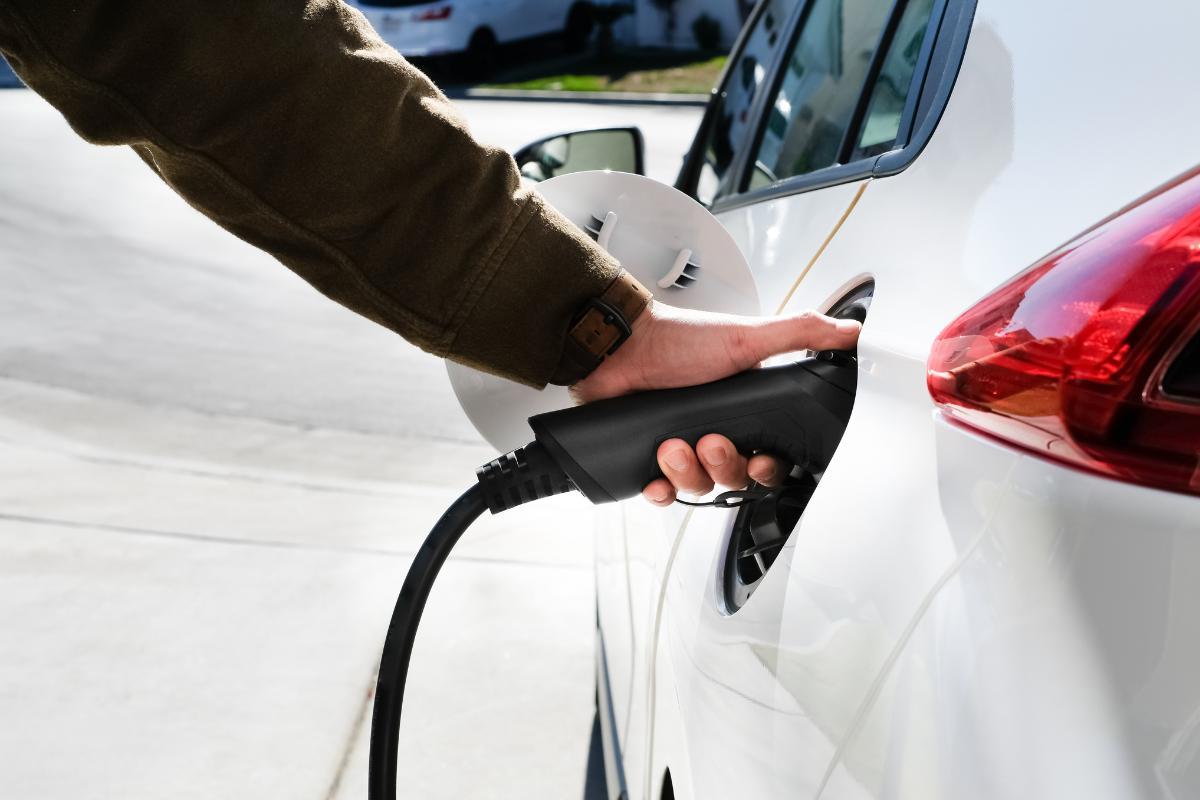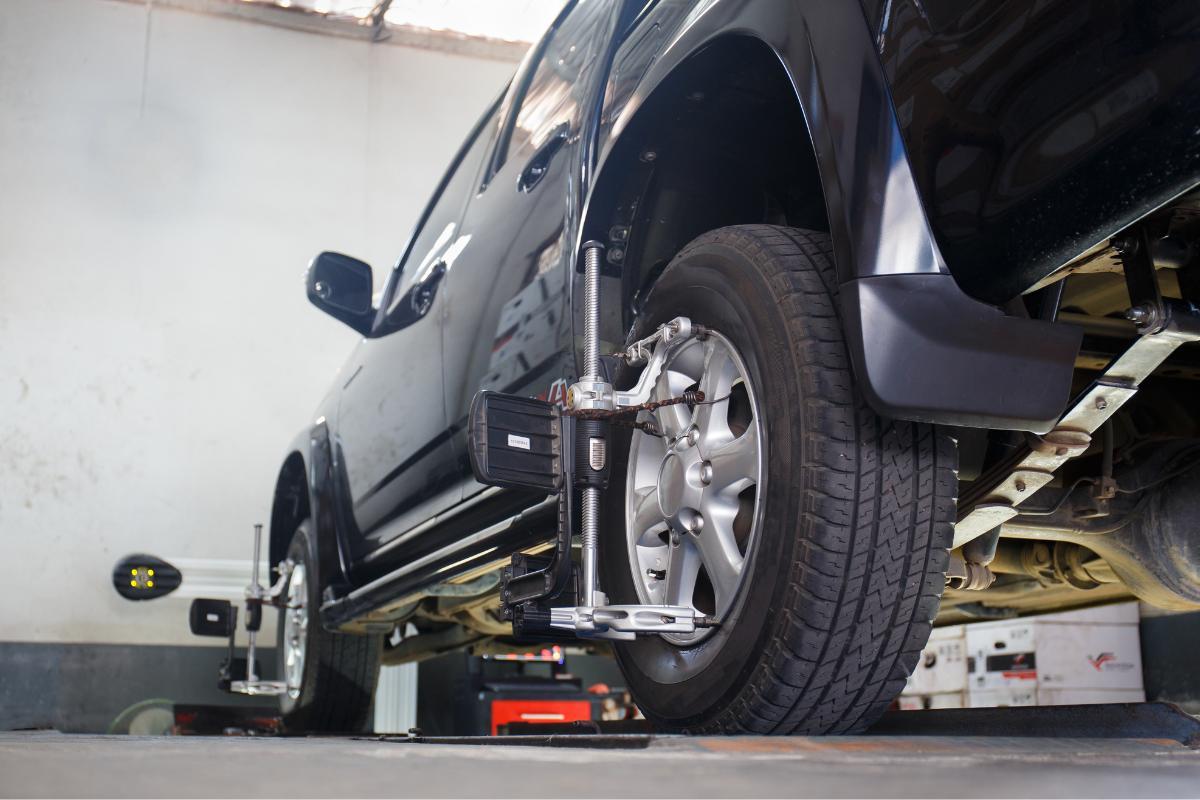How to Lower Car Pollution and Protect the Environment


Reducing your car's pollution doesn't require expensive upgrades or major lifestyle changes. With some simple adjustments to how you maintain and drive your vehicle, you can make a real difference in cutting emissions. From basic maintenance checks to smarter driving habits, these practical tips will help protect the environment while saving you money at the pump. Best of all, you can start implementing these changes today.
In the following article by thedailyECO, we explore how to reduce your car's environmental impact through practical, cost-effective solutions.
- Keep up with maintenance
- Choose your fuel wisely
- Pay attention to your car's aerodynamics
- Share your ride
- Consider your route and timing
- Leave the car at home
- Use engine braking
- Travel light
- Take care of your tires
- Get involved
Keep up with maintenance
Your car needs regular care to run clean. Modern cars now have sophisticated engine management systems that adjust in real-time for optimal performance. Keep in midn that properly maintained engine improves fuel efficiency by 4% on average
- Change your oil when your manual says to, which is usually every 5,000-7,500 miles.
- Clean air filters help your engine get the right mix of air and fuel, cutting both pollution and fuel waste.
- Pay attention to your exhaust system too. A properly working catalytic converter removes up to 90% of harmful gases.
Electric and hybrid vehicles need different maintenance schedules, focusing more on battery health and regenerative braking systems.

Choose your fuel wisely
The fuel you put in your tank matters more than you might think. If you can, consider alternatives like compressed natural gas (CNG), which creates 20-30% less carbon dioxide than gasoline. Biodiesel is another good option, cutting particle emissions by half compared to regular diesel. Even regular cars can use ethanol blends like E10, though you'll need a flex-fuel vehicle for higher ethanol mixes like E85.
Each alternative has its trade-offs in cost, availability, and performance, but they all help reduce your carbon footprint.
Still deciding between diesel and gasoline? Our detailed guide breaks down the environmental impact of each fuel type.

Pay attention to your car's aerodynamics
Remove roof racks when you're not using them, because they create drag and increase fuel consumption by up to 12%. Close your windows and sunroof at high speeds. Even small changes to your car's airflow can affect its emissions. Each 100 pounds of extra weight reduces MPG by about 1%.
Fortunately, new materials and designs have made cars lighter while maintaining safety. Active aerodynamic features (like automatic grille shutters and adjustable suspension) optimize airflow based on speed. Electric vehicles often have flat underbodies and optimized shapes for better aerodynamics.
Share your ride
Why drive alone when you can share the journey? Carpooling with coworkers or friends cuts the number of cars on the road. It is simple math that adds up to less pollution. not only that, but carpooling can reduce commuting costs by 50-75%
Today's ride-sharing apps make it easier than ever to find people heading your way. You'll save money, reduce stress, and maybe make some new friends along the way.

Consider your route and timing
Planning your trips can significantly reduce emissions. Combine multiple errands into one trip. Keep in mind that your engine runs cleaner when it's warm.
Try to avoid rush hour when possible, since stop-and-go traffic creates more pollution. Modern GPS apps can help you find routes with fewer stops and less congestion.

Leave the car at home
Sometimes the best solution is the simplest: use your car less. Try walking or biking for shorter trips. You might be surprised how many errands you can do without your car.
Public transit is another great option for commuting. Just for reference, one full bus removes 60 cars from the road. These choices don't just cut pollution, they can also improve your health and save you money on gas, parking, and car maintenance. Each person who switches to public transit reduces CO2 by 2.5 tons annually.
Looking beyond vehicle emissions? Discover the full spectrum of factors affecting our air quality in our detailed guide.

Use engine braking
When slowing down, take your foot off the gas early and let the car's momentum decrease naturally instead of using the brakes. Modern cars cut fuel supply during this type of deceleration, creating virtually no emissions during that time. Hard braking converts energy to heat and wastes up to 25% more fuel
In fact, start-stop systems have become more sophisticated, with minimal wear on engine components. Many new vehicles include coasting functions that completely disengage the engine when possible. Interestingly, modern regenerative braking can recover up to 70% of braking energy in hybrids.
Travel light
Did you know your car works harder when it's carrying extra weight? Clean out your trunk and unload those "just in case" items you've been hauling around, because they make your engine burn more fuel. A lighter car is a cleaner car. Every 1% reduction in vehicle weight improves fuel economy by 0.7%, not to mention that a loaded roof rack can decrease fuel economy by up to 17% at highway speeds.
Take care of your tires
Don't overlook your tires in the fight against pollution. Well-maintained, properly inflated tires roll better, which means your engine doesn't have to work as hard. For reference, underinflated tires by just 8 PSI increase rolling resistance by 20%
Some tires now include embedded sensors that monitor pressure and wear in real-time. However, it is advisable to check your tire pressure monthly, it's a five-minute job that pays off in lower emissions and better fuel economy.
Interestingly, airless tires are being developed that could maintain optimal performance throughout their life.

Get involved
Individual actions matter, but bigger changes come from community effort. Support policies that make green transportation easier, such as better public transit, more bike lanes, and cleaner energy. Your voice and your vote can help create cities where clean transportation is the easy choice.
Now that you know these tips, share them! Talk to your friends and family about reducing car pollution. Small changes add up when more people make them. Every conversation about cleaner driving helps build a more environmentally conscious community.
Remember, you don't need to tackle everything at once. Pick one or two changes that work for your lifestyle and start there. As these become habits, try adding more. Every step toward cleaner driving helps create a healthier planet for all of us.
Want to take your eco-driving commitment to the next level? Learn about the global movement that's helping cities breathe easier for one special day.

If you want to read similar articles to How to Lower Car Pollution and Protect the Environment, we recommend you visit our Pollution category.




